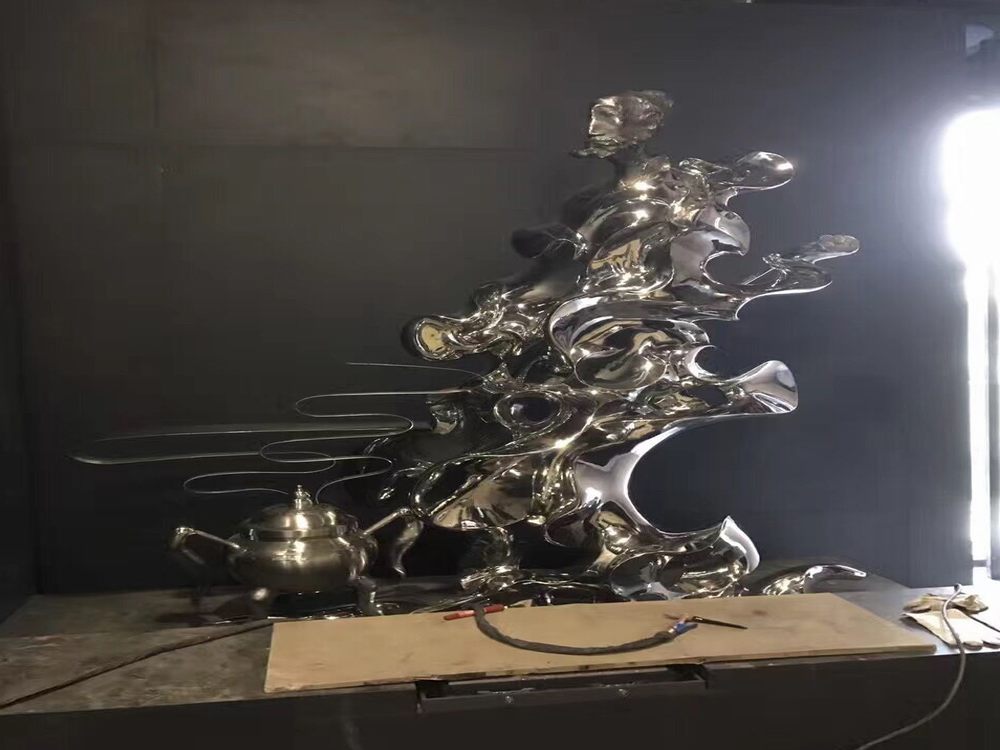
Porcelain, traditionally associated with delicate tableware and classical figurines, has been reimagined by avant-garde and experimental artists as a medium for bold, unconventional expression. These creators push the boundaries of ceramic art, blending technical mastery with radical concepts.
One standout example is Ai Weiwei's "Dropping a Han Dynasty Urn" (1995), where the artist documented himself destroying a 2,000-year-old artifact, challenging notions of cultural value and permanence. The act, later reproduced in porcelain, became a powerful commentary on destruction and rebirth.
Klaus Bürgel's "Fragile" series explores porcelain's paradoxical nature—simultaneously fragile and enduring. His oversized, distorted vessels appear to melt or collapse, subverting expectations of ceramic form while showcasing technical brilliance.
Sharon Norwood's contemporary porcelain works incorporate hair textures and racial motifs, transforming the historically Eurocentric medium into a platform for cultural discourse. Her intricate sculptures challenge porcelain's colonial legacy while expanding its aesthetic possibilities.
The collaborative duo Walter McConnell creates massive porcelain installations that reference both classical mythology and industrial waste. Their "Itinerant Edifice" series features towering, grotto-like structures built from thousands of porcelain shards, merging architectural scale with ceramic intimacy.
These experimental approaches demonstrate how contemporary artists are reinventing porcelain—honoring its heritage while exploding its creative potential. The resulting works range from politically charged statements to pure formal innovation, proving this ancient medium remains vibrantly relevant in contemporary art practice.

